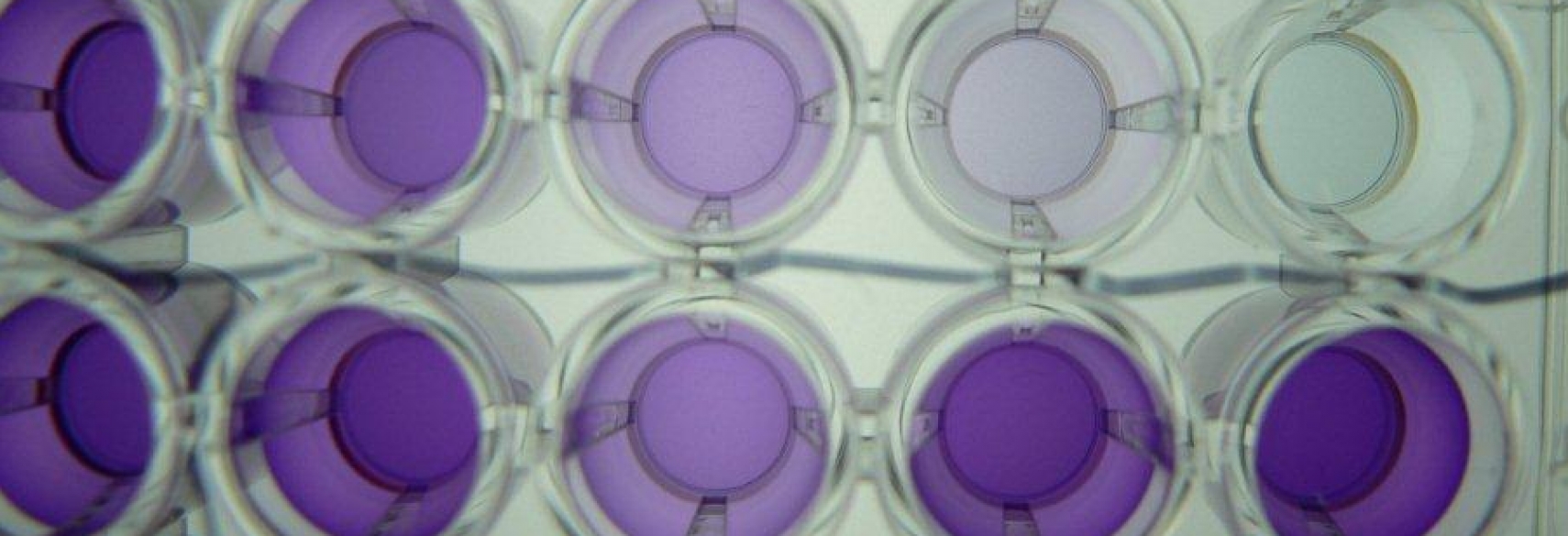Diabecell®
At DOL we are using live pig cells to replace or regenerate human cell functions that have been lost during disease. The use of live animal cells and tissues in human medicines in this way is known as Xenotransplantation.
About Xeno
The organs and biological systems of humans are surprisingly similar to those found in other animals. For centuries, medicine has exploited these similarities to develop biological treatments for disease. Proteins from pigs in particular have been developed and used to great success. Examples include heparin for blood thinning, Factor VI to treat haemophillia and of course, pig insulin to treat type I diabetes.
Type 1 diabetes
Type 1 diabetes arises from the failure of the pancreas to produce insulin, the hormone required to control glucose uptake by cells in the body. It results from the body destroying its own islets, the insulin producing cells in the pancreas. The disease generally develops during childhood and is also referred to as juvenile diabetes or insulin dependent diabetes mellitus. Type 1 diabetes usually requires life-long treatment with regular insulin injections.
There are currently approximately 8 million adults and 3 million children with type 1 diabetes worldwide.
Around 5-15% of people with type 1 diabetes (540,000-1,600,000 people worldwide) are extremely sensitive to insulin therapy and lack hormone counter-regulator measures. This means they suffer from recurrent serious hypoglycaemia or low blood glucose levels. People who don’t get warning symptoms (sweating, tremor and tachycardia) during hypoglycaemia episodes can develop dizziness, confusion and blurred vision. In severe cases, uncontrolled hypoglycaemia can lead to coma, seizure, or even death.
Fear of recurrent hypoglycaemia decreases quality of life and can also affect treatment adherence and prevent good glycaemic control. The long-term complications of chronically elevated blood glucose levels include retinal damage and blindness, kidney damage and renal failure, heart disease, stroke, nerve damage and foot ulcers and amputation.
DIABECELL
DIABECELL works by replacing the lost human islets with pig islets, restoring the intrinsic ability to control blood glucose and giving people living with type I diabetes back their independence and quality of life.
With DIABECELL we take islets from pathogen free pigs and transplant these islets into patients using a simple surgical process.
We protect the pig islets through a process known as encapsulation before implanting them. This puts them in a jelly like capsule and protects them from attack by the patient's immune system.
To date, a total of 46 patients have taken part in clinical trials of DIABECELL. The goals of these trials have been to show the procedure is safe, to find the optimal dose required for DIABECELL and to obtain early indication of its effectiveness in controlling type I diabetes. These trials have shown that DIABECELL has the potential to significantly reduce the number of unaware hypoglycaemic events that people living with Type I diabetes experience. At the same time, these people have been able to reduce their insulin dose without experiencing a rise in HbA1c.
DOL is now supporting its parent company Otsuka Pharmaceutical Factory in preparing for a larger Phase III study in the U.S. to more fully determine the frequency and extent of this benefit.

